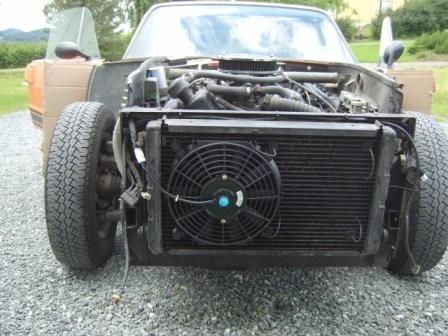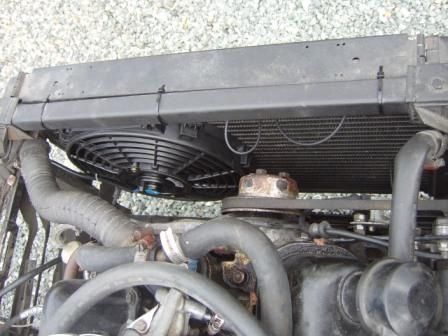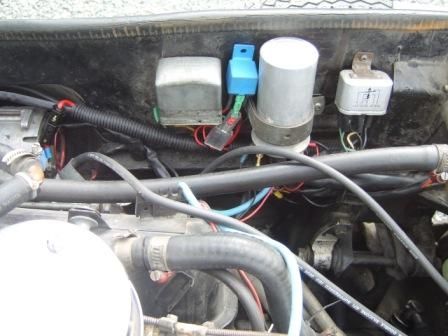1973 Saab Sonett III using 1.5 litre Ford V4 Cologne engine. Saab started to use these engines around 1966/67 when it was clear that the till then used twostroke engines needed a more modern replacement. From then on all models 95, 96 and Sonett used these engines. US cars got 1.7 litre engines with reduced compression around 1970/71. My Sonett has a 1.5 engine, a swap done by the previous owner. Apart from the MJ the non-standard items are the Weber 32/36 DGV 5A carb and a dual 2' exhaust. Estimated output 72-73 bhp (standard 65).
I know this is not the first Saab with a V4 engine using Ford Edis parts, but by the look of it I am the first one using MJ. Though startup is a wee bit slower than with standard dizzy with Pertronix Ignitor (firing at first compression stroke while the Edis needs at least one complete crank in order to know the position of the crank shaft), everything that comes after is quite an improvement. Especially i 4th gear the engine was a bit reluctant to rev up between 2800 and 4000 rpm (needed to overtake quickly), sometimes making it necessary to shift down before speeding up, now I just floor it and there it goes
 [/img]
[/img] [/img]
[/img] [/img]
[/img]Here are some clips from the testdrive with the MAP I use now. I just love the sound of the exhaust
http://www.youtube.com/watch?feature=pl ... woA6-C1oek
http://www.youtube.com/watch?v=zeQAwFgk ... detailpage
http://www.youtube.com/watch?feature=pl ... C54EPePraQ
Alex

 [/img]
[/img] [/img]
[/img] [/img]
[/img] [/img]
[/img] [/img]
[/img] [/img]
[/img] [/img]
[/img] [/img]
[/img] [/img]
[/img]

